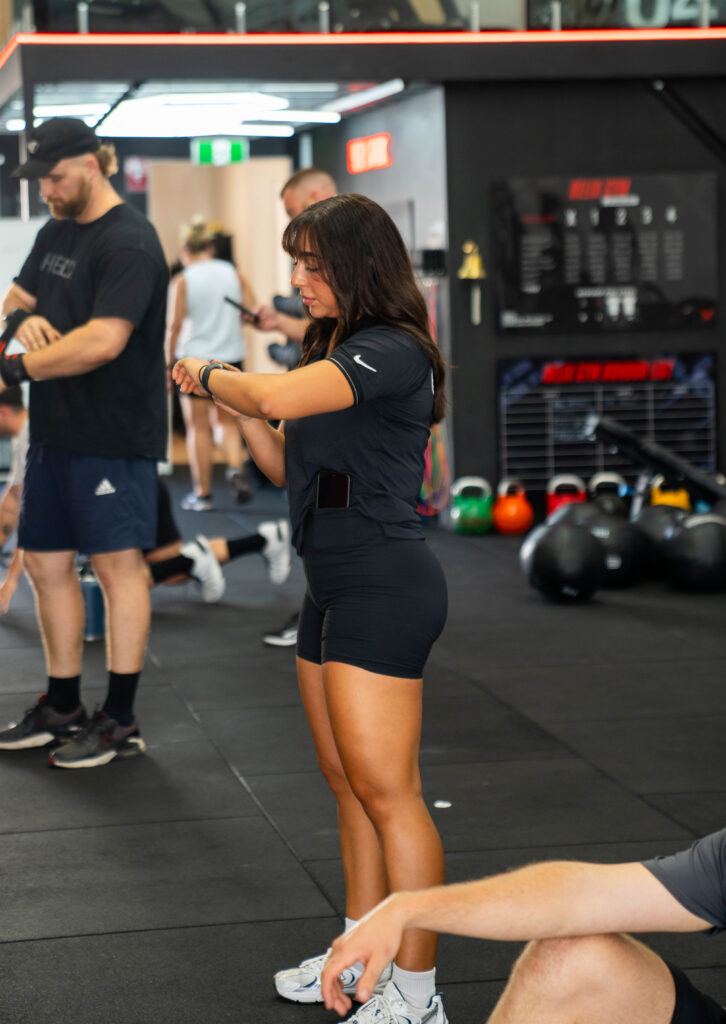
10 Common Mistakes to Avoid in Online Strength Training
10 Common Mistakes to Avoid in Online Strength Training Online strength training programs have revolutionised the way we keep fit, offering flexibility and a plethora

In today’s fast-paced world, busy professionals often find it challenging to incorporate fitness into their hectic schedules. However, the concept of functional fitness offers a practical solution by focusing on exercises that mimic everyday activities, enhancing both strength and mobility. This blog explores how to seamlessly integrate functional fitness into your routine, ensuring you can maintain a healthy lifestyle without compromising your professional responsibilities.
Functional fitness trains your muscles to work together and prepare them for daily tasks by simulating common movements you might do at home, work, or in sports. For busy professionals, it’s not just about building muscle but enhancing the quality of life by improving overall function and reducing the risk of injury. This approach to fitness is crucial for those who sit for long periods or have limited time for traditional workouts.
Take a look at your daily schedule and identify small windows of opportunity for exercise. Even 10-minute breaks can be an effective time for functional fitness routines. Incorporating physical activity into your commute, such as biking or walking part of the way, can also contribute to your fitness goals.
Design short but intense workouts that can be done in less than 30 minutes. High-Intensity Interval Training (HIIT) focusing on functional movements like squats, lunges, and push-ups can yield significant benefits without requiring a huge time commitment. Circuit training is another efficient method, allowing you to move quickly between exercises with minimal rest.
Even at the office, there are ways to integrate functional fitness. Utilise your lunch break for a brisk walk or a quick workout. Standing desks can alleviate some of the strain caused by prolonged sitting, and simple stretches or mobility exercises can be done in small spaces. Always opt for the stairs over the lift, and consider walking meetings to keep the body active.
There’s a plethora of apps and online resources tailored to functional fitness. These tools can guide you through efficient workouts tailored to your time constraints and available equipment. Additionally, wearable technology can help track your progress, reminding you to stay active and monitor your achievements over time.
For busy professionals, functional fitness offers a flexible and effective strategy to maintain a healthy lifestyle amidst a demanding schedule. By identifying opportunities within your daily routine, opting for short, efficient workouts, and incorporating functional movements throughout your day, you can significantly improve your physical wellbeing. Remember, consistency is key. With a bit of planning and the right mindset, fitting functional fitness into your schedule is not only possible but can also be a rewarding and enjoyable part of your daily routine.
Embracing functional fitness not only promotes a healthier, more active lifestyle but also supports your professional performance by boosting energy levels and productivity. Start integrating these practices into your routine today and reap the benefits of a more balanced, functional life.
Share on Social Media:

10 Common Mistakes to Avoid in Online Strength Training Online strength training programs have revolutionised the way we keep fit, offering flexibility and a plethora

Eating for Energy: Nutrition Hacks for Personal Training Eating the right foods at the right times can significantly boost your energy levels and enhance your